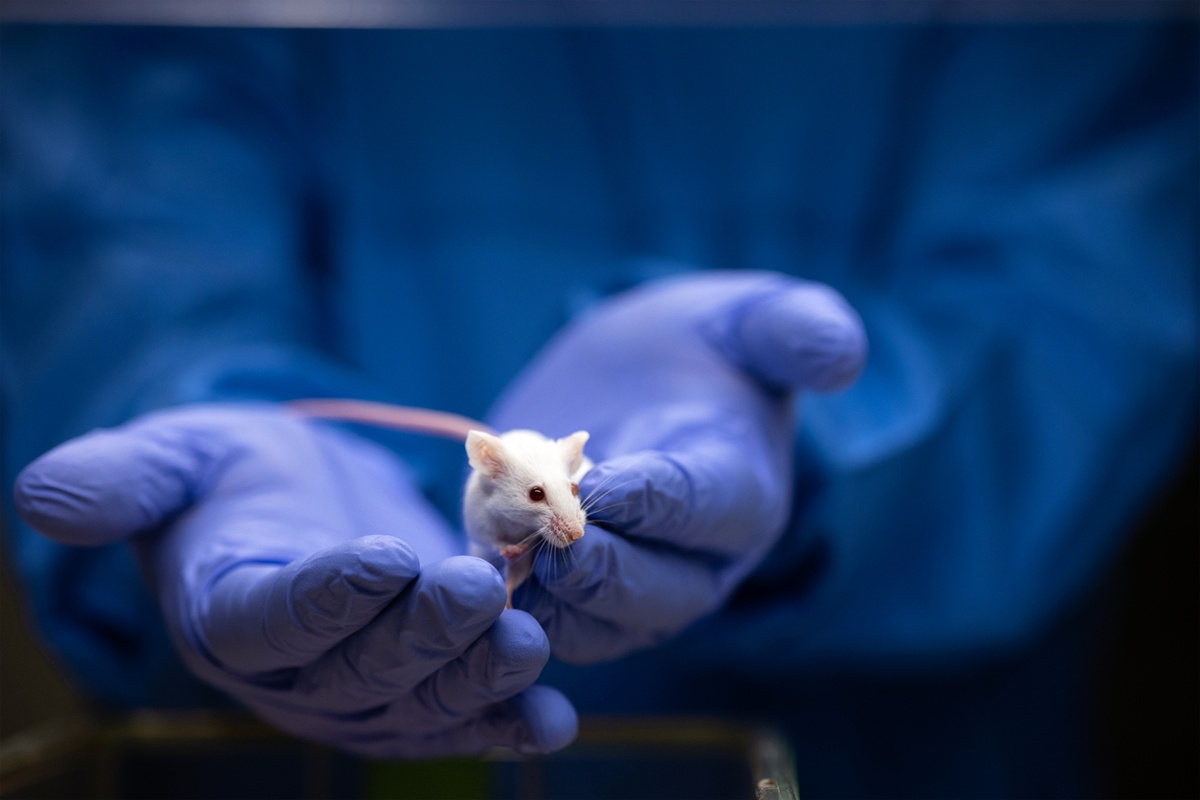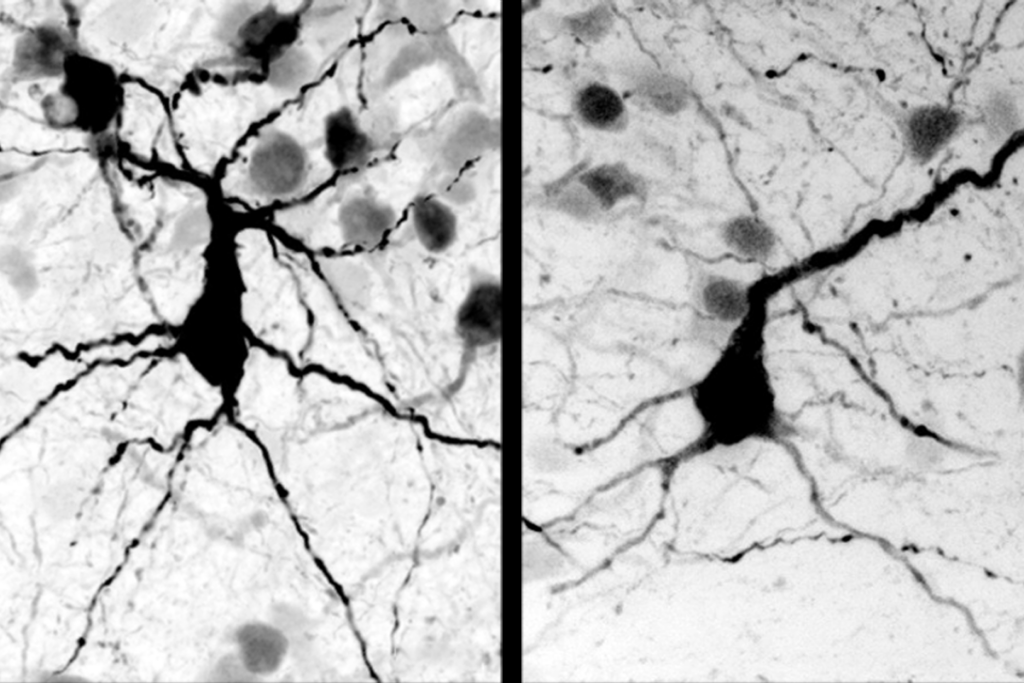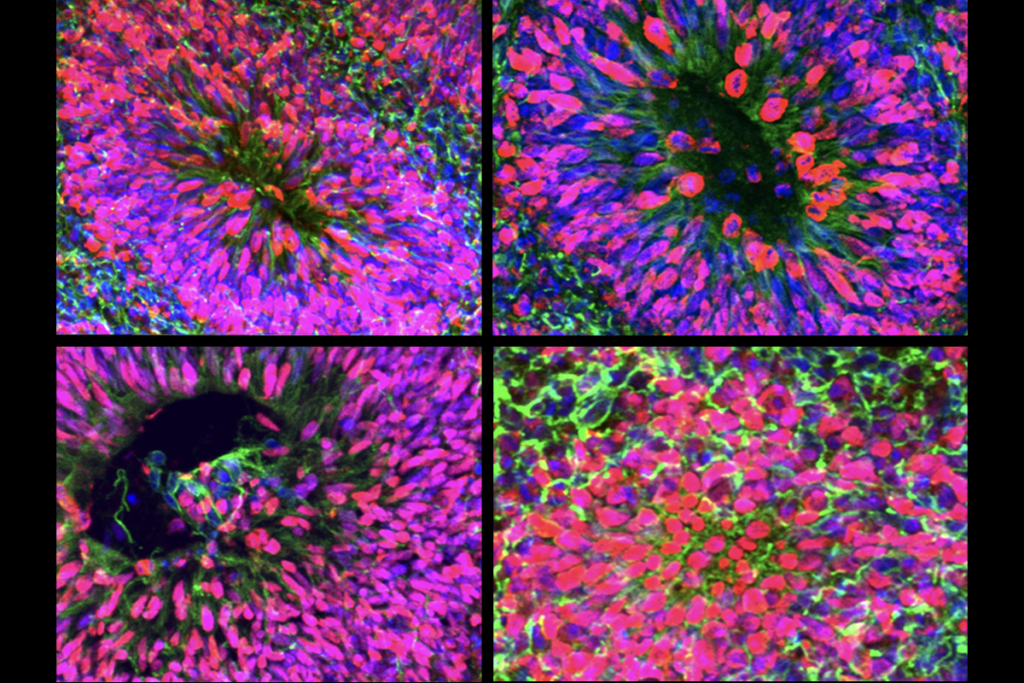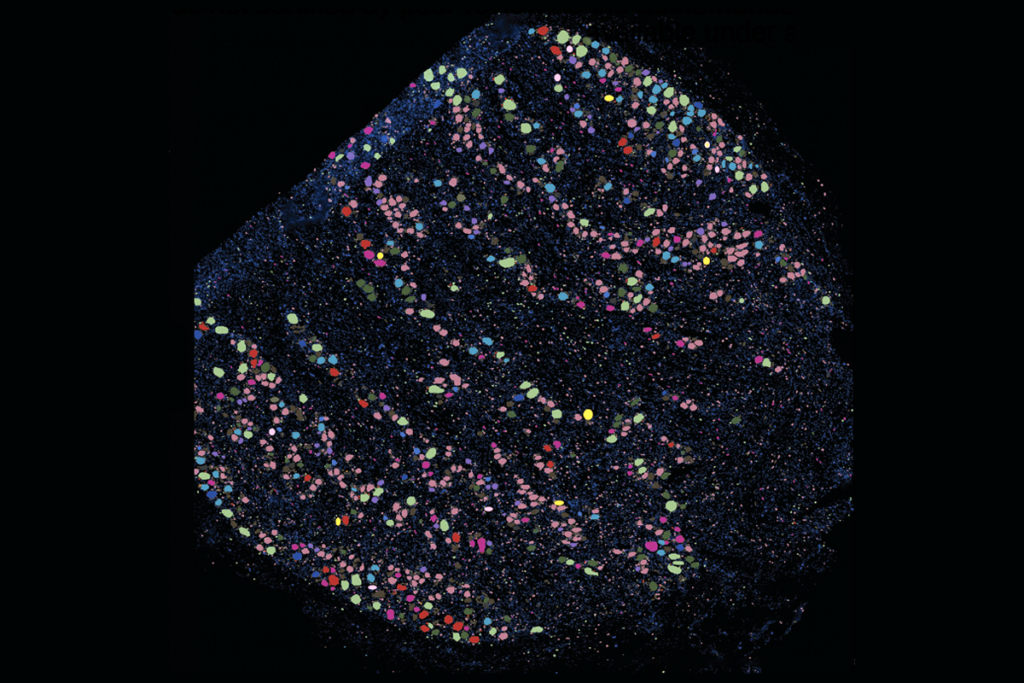July is Fragile X Awareness Month, and in this roundup we highlight some of our coverage of the condition. Fragile X syndrome is one of the most common forms of intellectual disability—and a leading genetic cause of autism. It is linked to variants in the gene FMR1. People with the condition share several traits, including social difficulties typical of autism.
Researchers long thought fragile X was caused by gene variants silencing FMR1. But newer work suggests many people with the variant still express FMR1, albeit in unusual ways. Meanwhile, rodent models lacking FMR1 show differences in sensory processing and repetitive behaviors relative to wildtype animals. Intriguingly, FMRP, the protein encoded by FMR1, is linked to certain cancers, suggesting people with fragile X syndrome may have some form of protection. We have also covered several efforts underway to identify therapies for the syndrome—including approaches involving CRISPR gene editing.
Fragile X syndrome’s link to autism, explained
 New gene-editing method flags fragile X mutation for repair
New gene-editing method flags fragile X mutation for repair
 Unknown isoform adds twist to theory of fragile X origins
Unknown isoform adds twist to theory of fragile X origins
 Elizabeth Berry-Kravis: Running a marathon for fragile X syndrome
Elizabeth Berry-Kravis: Running a marathon for fragile X syndrome
 The cloudy connection between fragile X and cancer
The cloudy connection between fragile X and cancer
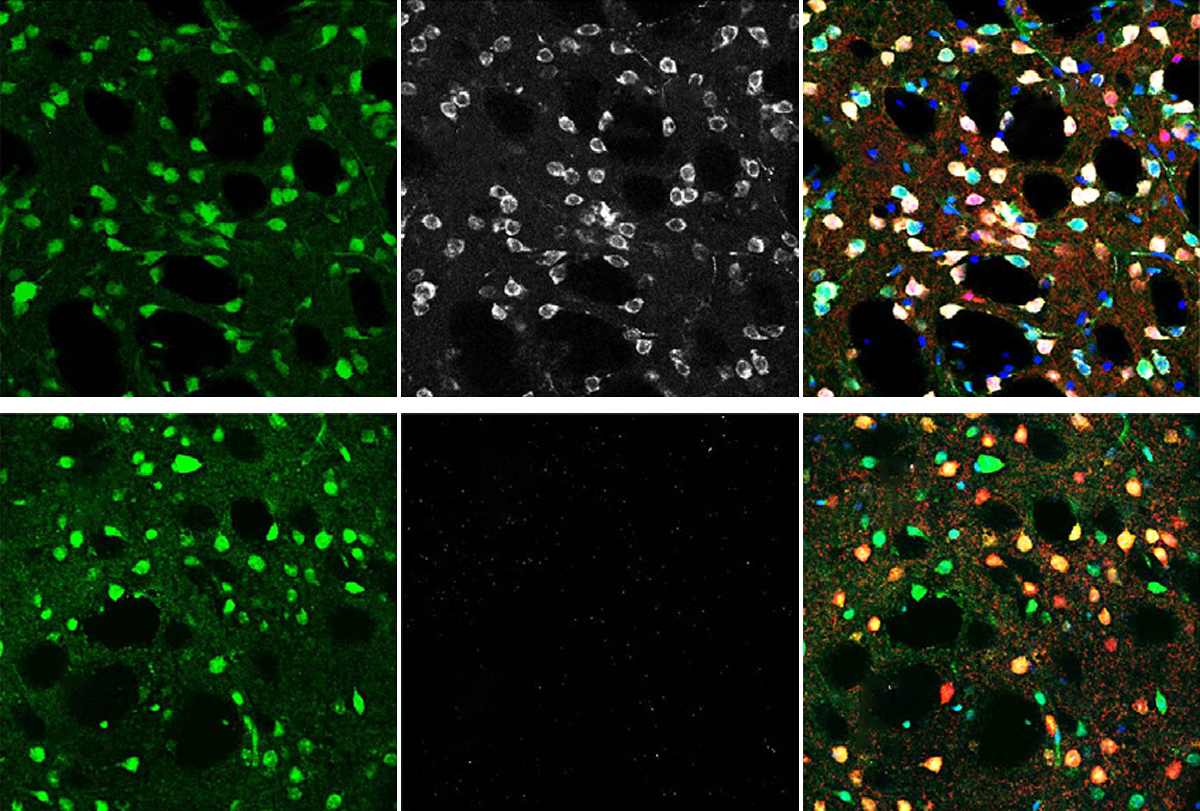 Skewed signaling in striatum may spawn repetitive behaviors
Skewed signaling in striatum may spawn repetitive behaviors


